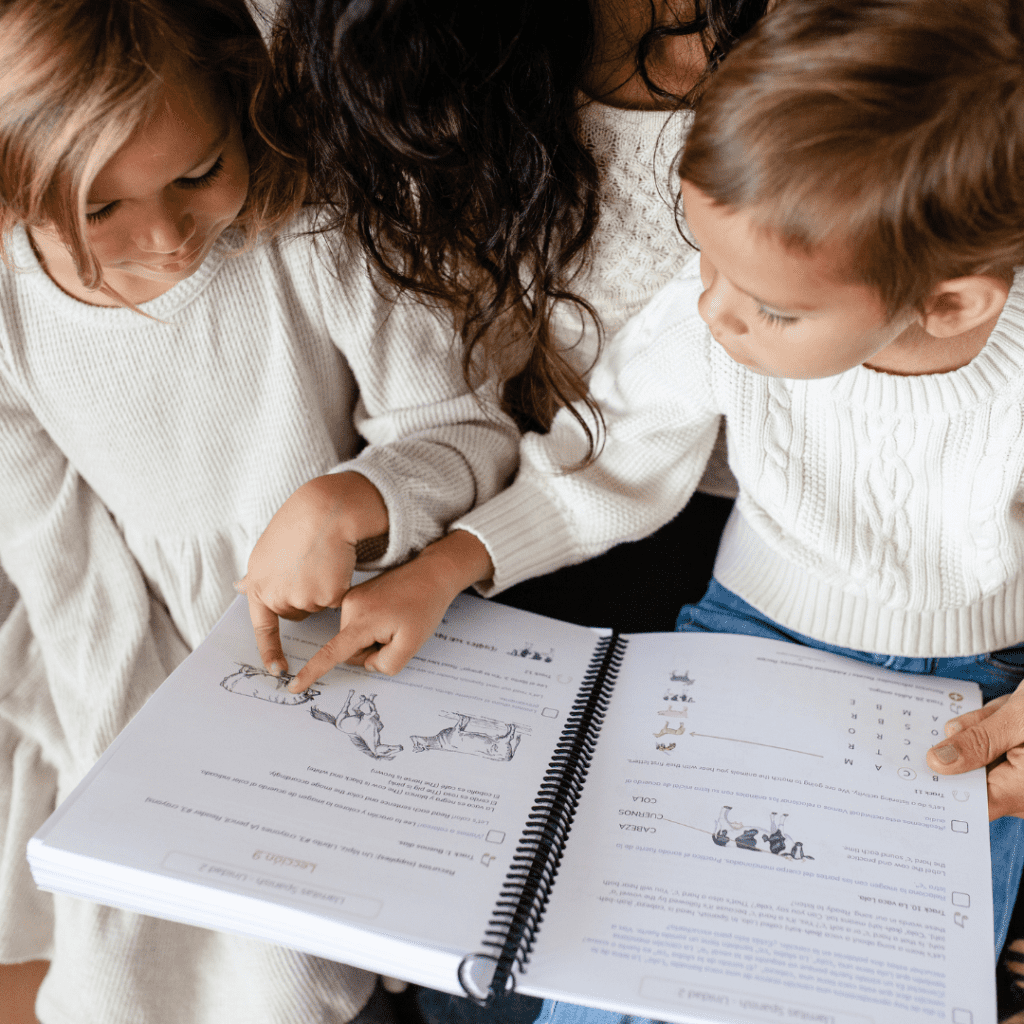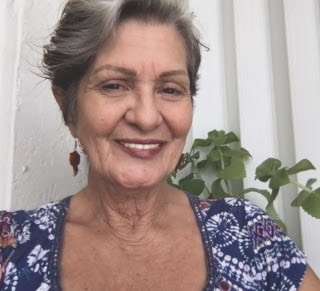In this post: Discover the power of learning Spanish through literature with this round-up of libros vivos.

This post contains affiliate links. As an Amazon associate, I earn from qualifying purchases.
Many familias that are educating their children at home are familiar with the teaching methods of Charlotte Mason, a homeschooling pioneer.
In the Charlotte Mason method teaching philosophy, each child is considered a whole person, and the purpose of teaching is to educate that entire person, not only the person’s mind.
Charlotte Mason introduced her students to great artists and composers, taking the time to let students spend time with each one, learning about their life and works.
She also used “living books,” (libros vivos) which use stories to teach a variety of educational concepts, as well as helping children develop a love for quality literature.
Table of Contents
What are libros vivos or living books?
Poesía (poetry), la literatura clásica (classic novels), cuentos de hadas (fairy tales), leyendas y fábulas (folktales and fables), biografías (biographies) and Relatos de la Biblía (Bible stories) are all different genres of libros vivos.
It is often a point of confusion as to what ‘classifies’ as a living book and what doesn’t hit the mark. In its simplest sense, a living book is often written in a warm, narrative style, inspiring the child with ideas, whereas a non-living book lists dry facts.
In addition, Libros vivos are typically written as stories by authors who have a passion for their subject matter.
Charlotte said,
“Why in the world should we not give children, while they are at school, the sort of books they can live upon; books alive with thought and feeling, and delight in knowledge, instead of the miserable cram-books on which they are starved?”
Formation of Character, p. 291
The use of ‘living books’ also changes the way students learn to read and write.
For example, instead of using simple lists of words from textbooks to teach kids handwriting and spelling, Charlotte used passages from books that not only teach kids to spell and write, but also feed their imagination.
Rather than multiple-choice quizzes or fill-in-the-blank worksheets, Charlotte encouraged students to use rich, creative language to express the ideas they learned from their living books.
She discouraged the reading of books that are poorly written, or that use dumbed-down language, which she often referred to as ‘twaddle’.
The goal of living books is to provide children with a holistic, living education. In fact, living books are the antithesis of traditional textbooks.
A living book is simply a book of top literary quality, be it fiction or nonfiction, that is written by an author who demonstrates a full command of the subject matter and is also passionate about said subject. A living book is a book in which the story comes to life, inspiring its readers.
Libros vivos in Llamitas Spanish
For those familias who want to raise bilingual children with easy fluency in Spanish, our Llamitas Spanish Curriculum provides a complete Spanish language arts curriculum, and incorporates many of Charlotte’s methods.
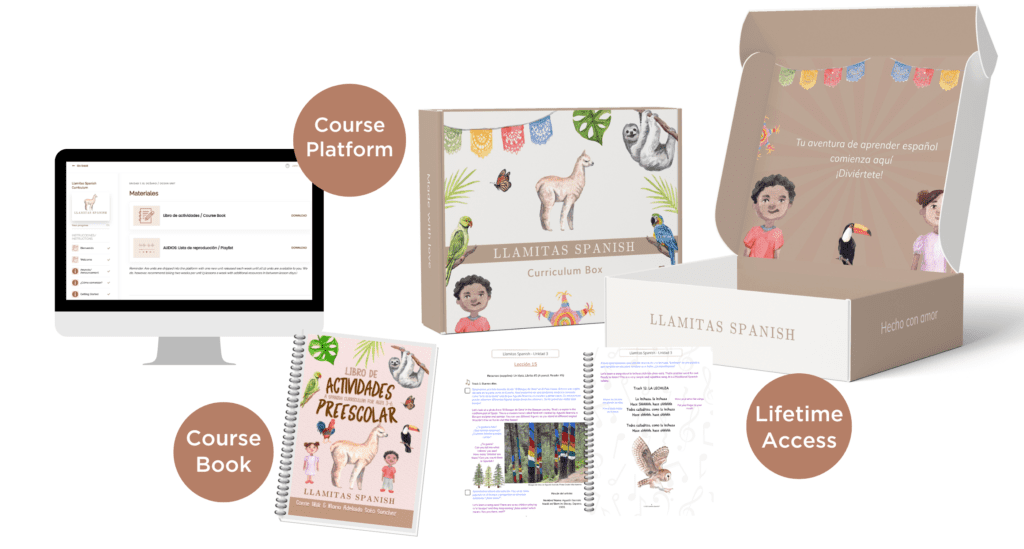
Our lessons are rooted in authentic and rich literacy featuring many immersive short stories in the ‘Libros de actividades’ and recitations with accompanying audio throughout.
Although our curriculum doesn’t include living books in the curriculum box, we include authentic ‘Book menus’ for each unit to further enhance your child’s learning through thematic story-times!
In addition, our students meet and hear the stories of 12 famous Latin American and Spanish authors in our ‘Guest Author Read Alouds’.
From poets like María Baranda, to authors with hundreds of award-winning titles like Begoña Ibarrola, they are a wonderful and authentic way for your child to experience libros vivos that enrich their thematic learning.
We’ve taken Charlotte’s philosophy to heart and our books and learning materials weave in authentic stories and narrations that help children learn and study the Spanish language through colorful stories, nursery rhymes and recitations that bring it to life.
Additionally, our levels 2 and 3 for elementary include a series of 6 beautifully illustrated short children’s stories, which are often seen as living books.

The Llamitas Spanish Curriculum is not your average ‘textbook’! Our Libro de actividades not only provides beautiful illustrations that inspire wonder, it also contains copies of famous and authentic artwork, traditional songs, poetry, and engaging stories.
Related post: Latin American and Spanish folktales for kids
Why you Should Read Living Books in Spanish
Living books provide escape-like experiences through which a child can become fully immersed in a story or in the subject matter of a non-fiction book.
Living books, or libros vivos, also provide context from which our children learn language arts – such as Spanish! These stories provide students with the opportunity to enjoy the eloquence of stories written by passionate and articulate authors as materia prima for the study of language.
No more boring lists and lessons! Learning can become magical when fascinating stories are used to teach language and grammar, along with concepts, values, and healthy habits!
Instead of isolating vocabulary words, or teaching spelling, grammar, and punctuation separately, students actually learn more, and in a more enjoyable fashion, by taking advantage of great books, on the most interesting subjects, by the most talented and passionate authors!
Learning in this way really makes education come alive, as lessons become integrated into a child’s life experiences as well as their subconscious and imagination.
Spanish Original Living Books
We highly recommend immersing your child in the beautiful world of libros vivos and would love to share some of our favorite picture books.
Let’s begin by sharing a few of the titles by Latin American and Spanish authors that feature in our Llamitas Spanish curriculum.
Each of these authors provide videos for our students, sharing about the inspiration behind their stories. If you are a student, you can find them in the ‘Additional Resources’ section of each unit.
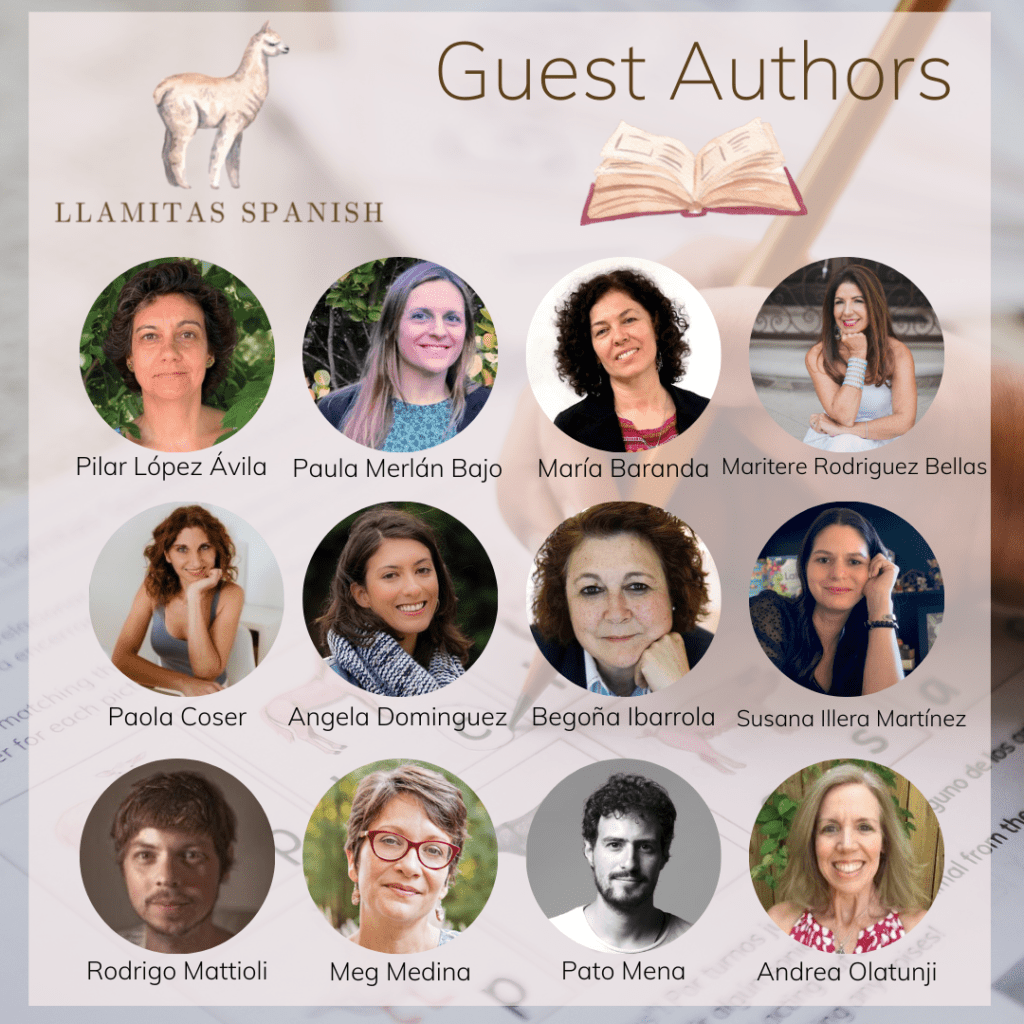
Con Alas de Mariposa by Pilar López Ávila

This beautiful story tells the tale of ‘una abuela’ (a grandmother) and her granddaughter who develop and incredible bond through exploring nature, from the sounds of birds to the spirit of a monarch butterfly. This is an incredibly beautiful story that your family will treasure.
La Red de Inés by Paula Merlán

A stunningly illustrated story about a girl who takes home two fish she caught in her net from the ocean. Her parents tell her that she needs to return them and at night she dreams of being whisked away to the ocean in a bubble.
She experiences the life of a fish and realizes why it’s important to leave nature be. Not only that, she discovers the damage that humans are causing to the ocean through trash and pollution. This is such a beautiful story with an important message about caring from our ocean.
El mago abuelo y su chango desaparecido by María Baranda

Featured in our ‘La familia/ Family theme’ this story develops compassion and a sense of comraderie as the much loved and rather eccentric Abuelo loses his pet monkey! Follow along as they travel through countryside and afar, meeting ogres and all types of people, but nobody had seen him. Will they find his cheeky monkey?
Crisol y su estrella by Begoña Ibarrola

From our ‘El espacio/ Space theme’, In a far away place called Tierra Cristal there lived a village that spoke with the stars. This story teaches about finding courage and self belief, as a timid young boy, Crisol, makes his debut at 7 years old and chooses a star by speaking from his heart.

Featured in our ‘El bosque/ Forest theme’, this story shares how a little girl called Alina decides to plant a tree. Discover how a small decision like this can turn into something powerful for our environment: like homes and shelter for animals, to food and even more trees!
This is a beautiful picture book with plenty of opportunities for your child to engage in the story by counting and naming all the animals they see.
Onsen ¿Qué hacen los monos? by Pato Mena

Featured in our Safari unit is this brilliant true story about curious monkeys living in the mountains. Discover through rhythmic and comical storytelling all the many activities they get up to and ‘monkeying around’.
María tenía una llamita by Angela Dominguez

For our ‘La granja / Farm theme’, we feature this stunning and authentic take on the traditional nursery rhyme ‘Mary had a little lamb’. Explore María’s neighborhood in Peru in this rhythmic, sing-along story!
Omar el jaguar by Andrea Olatunji

A truly authentic and beautifully illustrated story from our ‘La selva/ jungle’ unit, Omar the jaguar doesn’t want to make friends with animals that do not look like him. That is, until he understands the true beauty of diversity and friendship!
Don’t miss our very own collection of Spanish-language folktales for children, many of which also serve as living stories.
These lively, colorful stories are filled with images and sounds that make the stories come alive, offering children an opportunity to immerse themselves in the world of their favorite storybook characters.
Living Books Translated in Spanish
El jardín secreto / The Secret Garden

Of course, there are often Spanish translations of classic living books like The Secret Garden. These are truly timeless stories and perfect for independent readers and advanced level Spanish speakers.
Telaraña de Carlota / Charlotte’s Web

A must-read for bilingual families! This classic children’s novel take place on a farm and follows the characters Charlotte (a young girl), her pig Wilbur and a spider. An important story about friendship and self-sacrifice.
Related Post: Spanish Chapter Books for Kids
Cuentos olvidados de chicas valientes e ingeniosas
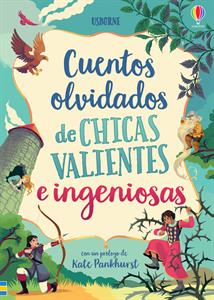
This is a beautiful collection of fairy-tale like stories but with a twist~ the girls are not damsels in distress or waiting upon their one true love, like most traditional fairy tales. Every story may not end in instant marriage, but good triumphs over evil and there is always a happy ending.

This is a gorgeous collection of nature stories in Spanish. Discover the hidden wonders in nature and get your kids outside to inspire their curiosity.
Fábulas de Esopo para peques (Aesop’s Fables).
This collection is perfect for younger readers and includes many of the well-known tales such as La tortuga y la liebre, El león y el ratón and many more.

Relatos ilustrados de la Biblia (llustrated Bible)
Finally, for Christian families, I do recommend this beautiful bible for studying the Word in Spanish with your child. Pulling memory verses is an important part of learning Scripture.
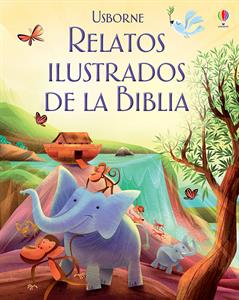
If you’re interested in incorporating living books and stories into your child’s Spanish education, you may also find A Living Education en Español a helpful site.
There you’ll find a variety of ways to incorporate Charlotte Mason’s philosophy of education through “Atmosphere” by creating an environment or set of circumstances from which your child can learn, and “Discipline,” by teaching children to maintain healthy habits and nourish their minds with rich ideas.
More Spanish Book Resources for Children
Starting with the Llamitas Spanish Curriculum, you can provide your child with a fully immersive and living education by taking advantage of these other resources that we provide for learning Spanish at home.
We’re thrilled to partner with you in providing the highest quality Spanish-language education for your children.
